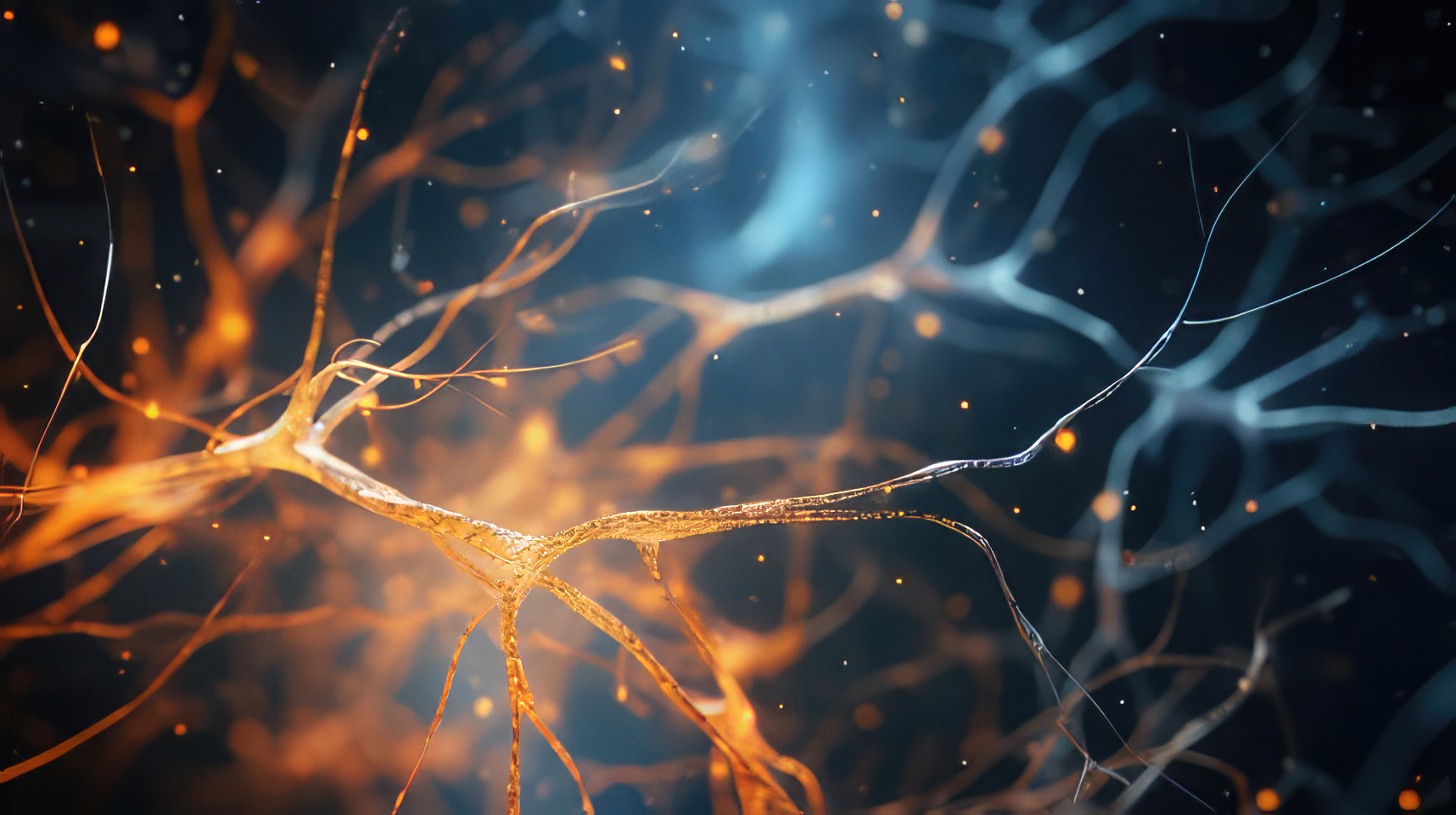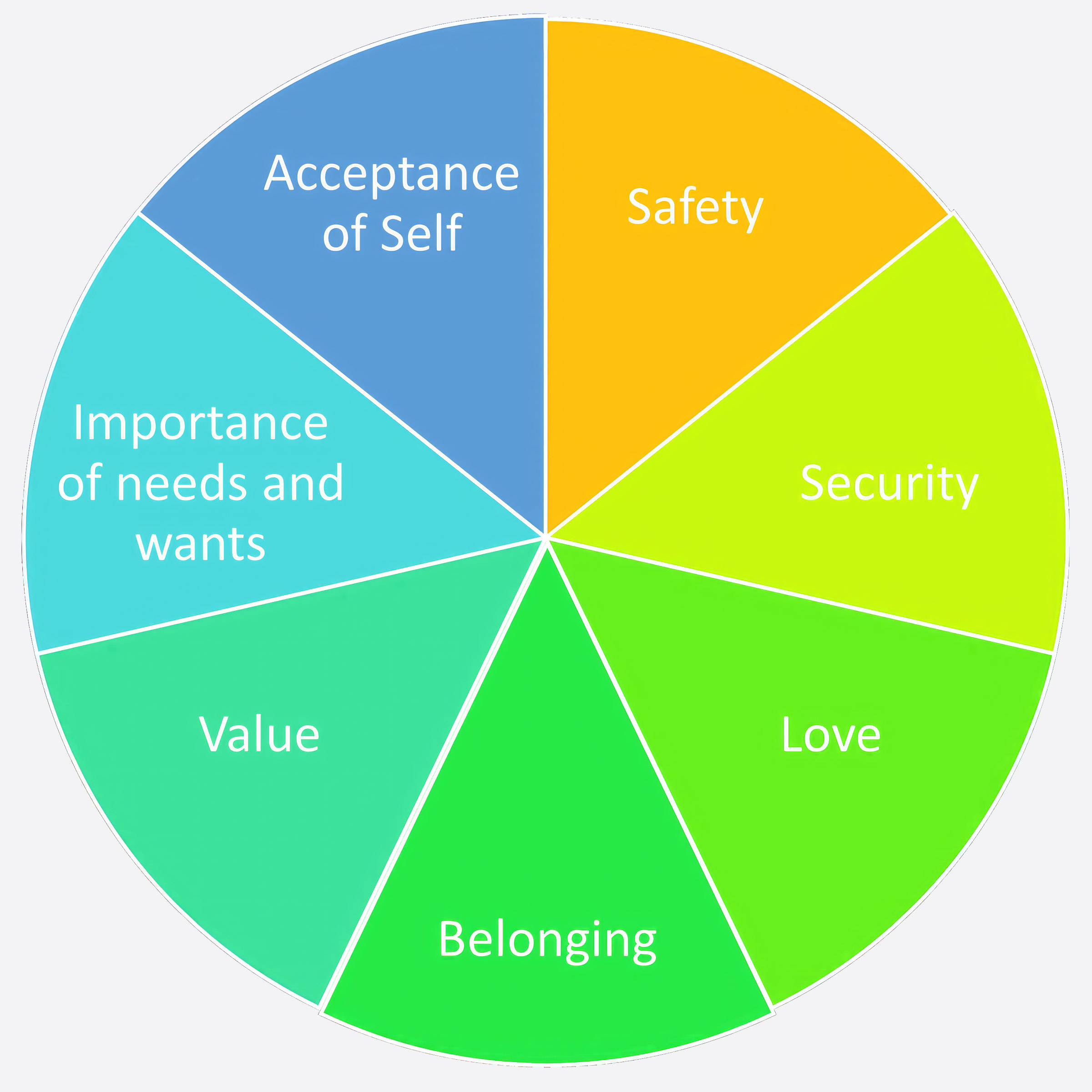WHAT IS LI?
WHAT IS LI ?
Lifespan Integration (LI) is a revolutionary form of psychotherapy developed in the early 2000’s by Counseling Psychologist, Peggy Pace. LI combines new developments in neuroscience, psychology of attachment, with the concepts of self-organizing systems, and archetypal psychology. Lifespan Integration is a gentle method which works from a deep neural level to change patterned responses and outmoded defensive strategies. Lifespan Integration relies on the innate ability of the body-mind to heal itself. Utilizing a variety of protocols, LI integrates past experiences with the resources from the present and proves to the client’s body-mind system that time has passed allowing the system to heal. This integration and healing occurs at a deeper level than is possible with commonly used cognitive behavioral [talk therapy] methods.


Lifespan Integration (LI) is a revolutionary form of psychotherapy developed in the early 2000’s by Counseling Psychologist, Peggy Pace. LI combines new developments in neuroscience, psychology of attachment, with the concepts of self-organizing systems, and archetypal psychology. Lifespan Integration is a gentle method which works from a deep neural level to change patterned responses and outmoded defensive strategies. Lifespan Integration relies on the innate ability of the body-mind to heal itself. Utilizing a variety of protocols, LI integrates past experiences with the resources from the present and proves to the client’s body-mind system that time has passed allowing the system to heal. This integration and healing occurs at a deeper level than is possible with commonly used cognitive behavioral [talk therapy] methods.
How Does it Work:

Lifespan Integration understands the complexity of the body-mind system and how various traumas impact our daily interactions, perspectives, and emotions. Clients often come into therapy saying: “Logically I know that this reaction/belief doesn’t make sense, but it’s stronger than me, I can’t help it when I react like that or when I feel like that.” In our bodies, we have a vast collection of neural networks. They’re like spiderwebs. The denser and more connected the webs (neural networks), the more integrated we are—which equates to many healthy attributes including emotional regulation.
How Does it Work:

Lifespan Integration understands the complexity of the body-mind system and how various traumas impact our daily interactions, perspectives, and emotions. Clients often come into therapy saying: “Logically I know that this reaction/belief doesn’t make sense, but it’s stronger than me, I can’t help it when I react like that or when I feel like that.” In our bodies, we have a vast collection of neural networks. They’re like spiderwebs. The denser and more connected the webs (neural networks), the more integrated we are—which equates to many healthy attributes including emotional regulation.
Why Integration is Needed
When an event is too difficult for the body-mind system to absorb or “digest”, the “ghost” details of the event remain in the body implicitly, disconnected from explicit memory and from cognition. When these implicit memories are activated, we feel as if we are re-living the event now, in present time. These unintegrated past events continue to influence our behavior causing us to react in the present in a disproportional way to current issues.
Lifespan Integration therapy facilitates the “digestion” of past emotions and body memory through connecting isolated neural networks about past events to the whole self-system. After this body memory has been integrated, flashbacks and overreactions to events are no longer a problem.
In addition to Trauma Processing, LI is also able to heal attachment wounds.

Why Integration is Needed

When an event is too difficult for the body-mind system to absorb or “digest”, the “ghost” details of the event remain in the body implicitly, disconnected from explicit memory and from cognition. When these implicit memories are activated, we feel as if we are re-living the event now, in present time. These unintegrated past events continue to influence our behavior causing us to react in the present in a disproportional way to current issues.
Lifespan Integration therapy facilitates the “digestion” of past emotions and body memory through connecting isolated neural networks about past events to the whole self-system. After this body memory has been integrated, flashbacks and overreactions to events are no longer a problem.
In addition to Trauma Processing, LI is also able to heal attachment wounds.
Earned Secure Attachment:

Attachment is the ability to connect with others to the degree that a person feels safety in their nervous system. LI understands a person’s deepest core need is to be safe. Safety in the brain-body system allows for connection, expansion, and resiliency. Additional core needs are stability, belonging, to be valued, importance of their needs and wants, acceptance of self, and to be loved. When a person’s upbringing didn’t allow these core needs to be met in an adequate way, they will find various strategies or adaptations in order to fill the void of these core needs. Many of these strategies or adaptations can be unhelpful and unhealthy.
Through the implementation of various LI protocols a client’s system can begin to feel safety, belonging, stability, and that they are valued and loved. Core attachment needs that were lacking can be strengthened over time, shifting a person’s adaptation patterns, thus changing their attachment strategy to “earned-secure attachment”.
Earned Secure Attachment:

Attachment is the ability to connect with others to the degree that a person feels safety in their nervous system. LI understands a person’s deepest core need is to be safe. Safety in the brain-body system allows for connection, expansion, and resiliency. Additional core needs are stability, belonging, to be valued, importance of their needs and wants, acceptance of self, and to be loved. When a person’s upbringing didn’t allow these core needs to be met in an adequate way, they will find various strategies or adaptations in order to fill the void of these core needs. Many of these strategies or adaptations can be unhelpful and unhealthy.
Through the implementation of various LI protocols a client’s system can begin to feel safety, belonging, stability, and that they are valued and loved. Core attachment needs that were lacking can be strengthened over time, shifting a person’s adaptation patterns, thus changing their attachment strategy to “earned-secure attachment”.
The Power of the LI Timeline and Attunement
The psychotherapist’s main tools are:
1. A list of memories (the Timeline) that the client establishes alone or with the help of the LI therapist. This Timeline will be utilized repeatedly in sessions.
2. The therapist’s ability to attune to the client’s system and provide feedback and coaching to regulate their nervous system. Utilizing the Timeline and Attunement to help regulate the client’s nervous system through various LI protocols—allows the client to understand that the difficult events and memories have passed, and that the strategies developed in the past, to cope with them, no longer have use in the present time.

The Power of the LI Timeline and Attunement

The psychotherapist’s main tools are:
1. A list of memories (the Timeline) that the client establishes alone or with the help of the LI therapist. This Timeline will be utilized repeatedly in sessions.
2. The therapist’s ability to attune to the client’s system and provide feedback and coaching to regulate their nervous system. Utilizing the Timeline and Attunement to help regulate the client’s nervous system through various LI protocols—allows the client to understand that the difficult events and memories have passed, and that the strategies developed in the past, to cope with them, no longer have use in the present time.
Impact of Lifespan Integration Therapy

Lifespan Integration therapy clears body memory of traumas suffered in early childhood, increases the client’s ability to regulate their emotions, and allows early preverbal attachment injuries to be healed. LI has been shown to be helpful for clients with PTSD, complex trauma, birth trauma, dissociative symptoms, panic and anxiety disorders, depression, unresolved grief, various attachment injuries, adjustment disorders, perinatal mood disorders, and various personality disorders. LI therapy helps clients gain new insights and change negative behavioral patterns and beliefs. This list continues to grow as neuroscience expands and new populations are serviced by competent LI therapists.
Lifespan Integration can be used in psychotherapy with adults as well as children. Lifespan Integration’s ability to be specifically client-focused allows for cultural and diversity competencies with each session.
Impact of Lifespan Integration Therapy

Lifespan Integration therapy clears body memory of traumas suffered in early childhood, increases the client’s ability to regulate their emotions, and allows early preverbal attachment injuries to be healed. LI has been shown to be helpful for clients with PTSD, complex trauma, birth trauma, dissociative symptoms, panic and anxiety disorders, depression, unresolved grief, various attachment injuries, adjustment disorders, perinatal mood disorders, and various personality disorders. LI therapy helps clients gain new insights and change negative behavioral patterns and beliefs. This list continues to grow as neuroscience expands and new populations are serviced by competent LI therapists.
Lifespan Integration can be used in psychotherapy with adults as well as children. Lifespan Integration’s ability to be specifically client-focused allows for cultural and diversity competencies with each session.






